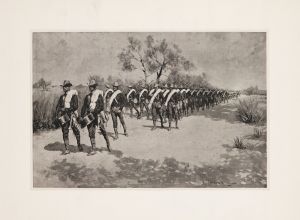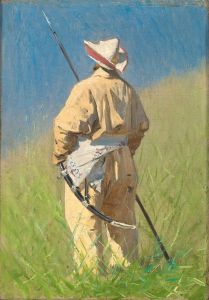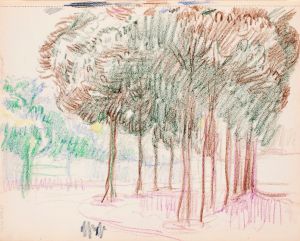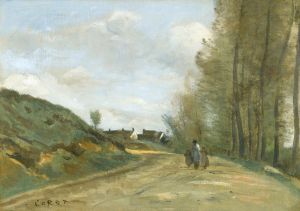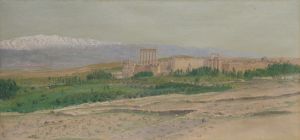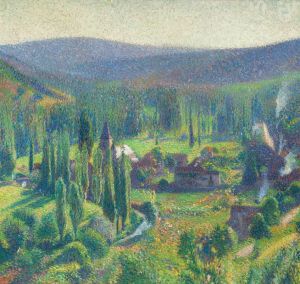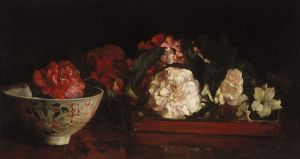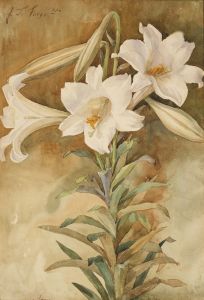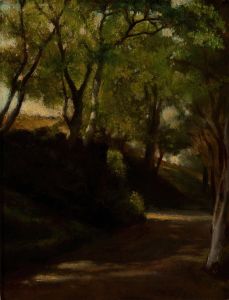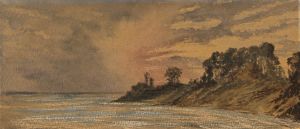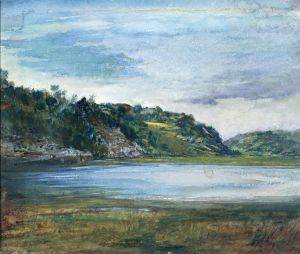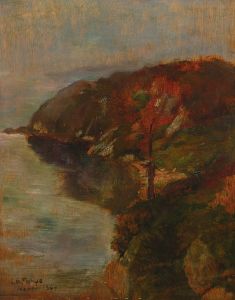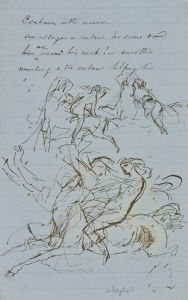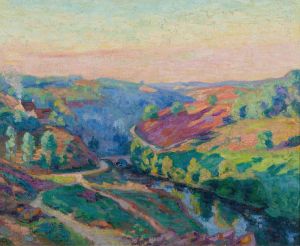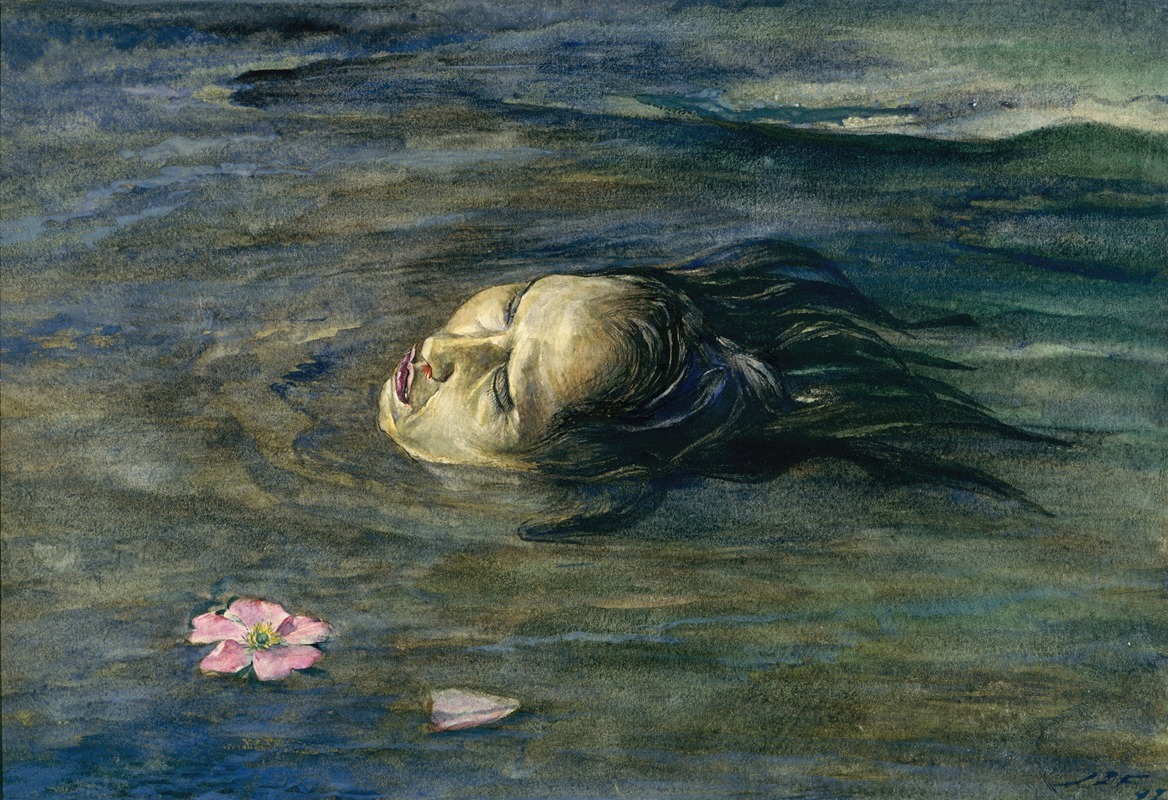
The Strange Thing Little Kiosai Saw in the River
A hand-painted replica of John La Farge’s masterpiece The Strange Thing Little Kiosai Saw in the River, meticulously crafted by professional artists to capture the true essence of the original. Each piece is created with museum-quality canvas and rare mineral pigments, carefully painted by experienced artists with delicate brushstrokes and rich, layered colors to perfectly recreate the texture of the original artwork. Unlike machine-printed reproductions, this hand-painted version brings the painting to life, infused with the artist’s emotions and skill in every stroke. Whether for personal collection or home decoration, it instantly elevates the artistic atmosphere of any space.
John La Farge was an influential American artist known for his contributions to the fields of painting, stained glass, and illustration during the late 19th and early 20th centuries. One of his notable works is "The Strange Thing Little Kiosai Saw in the River." This painting reflects La Farge's interest in Japanese art and culture, which was a significant influence on his work during this period.
La Farge was born in 1835 in New York City and was educated at Mount St. Mary's University and Fordham University. He initially studied law but soon turned to art, studying under the tutelage of William Morris Hunt in Newport, Rhode Island. La Farge's early work was characterized by his interest in landscapes and religious themes, but his style evolved significantly over his career, particularly after his exposure to Japanese art.
"The Strange Thing Little Kiosai Saw in the River" is a testament to La Farge's fascination with Japan, which was sparked by his travels to the country in the late 19th century. During his trip to Japan in 1886, La Farge was deeply influenced by the aesthetics and techniques of Japanese art, which he incorporated into his own work. This painting is believed to be inspired by the Japanese artist Kawanabe Kyosai, known for his imaginative and sometimes whimsical depictions of scenes from Japanese folklore and mythology.
The painting itself is a vibrant and detailed work that showcases La Farge's mastery of color and composition. It depicts a scene that is both mysterious and enchanting, capturing the viewer's imagination. The use of color in the painting is particularly noteworthy, as La Farge was known for his innovative use of color and light, which he applied not only in his paintings but also in his stained glass work.
La Farge's interest in Japanese art was part of a broader trend during the late 19th century known as Japonisme, which saw Western artists incorporating elements of Japanese art into their own work. This movement was characterized by an appreciation for the simplicity, elegance, and unique perspective found in Japanese art, which contrasted with the more ornate and detailed styles prevalent in Western art at the time.
In addition to his paintings, La Farge was a pioneer in the field of stained glass, developing new techniques and materials that had a lasting impact on the medium. His work in stained glass is considered some of the finest of his time, and he was commissioned to create windows for numerous churches and public buildings across the United States.
John La Farge's legacy as an artist is marked by his ability to blend different cultural influences into his work, creating pieces that are both innovative and timeless. "The Strange Thing Little Kiosai Saw in the River" is a prime example of his ability to draw inspiration from diverse sources and create art that resonates with viewers across different cultures and eras.





